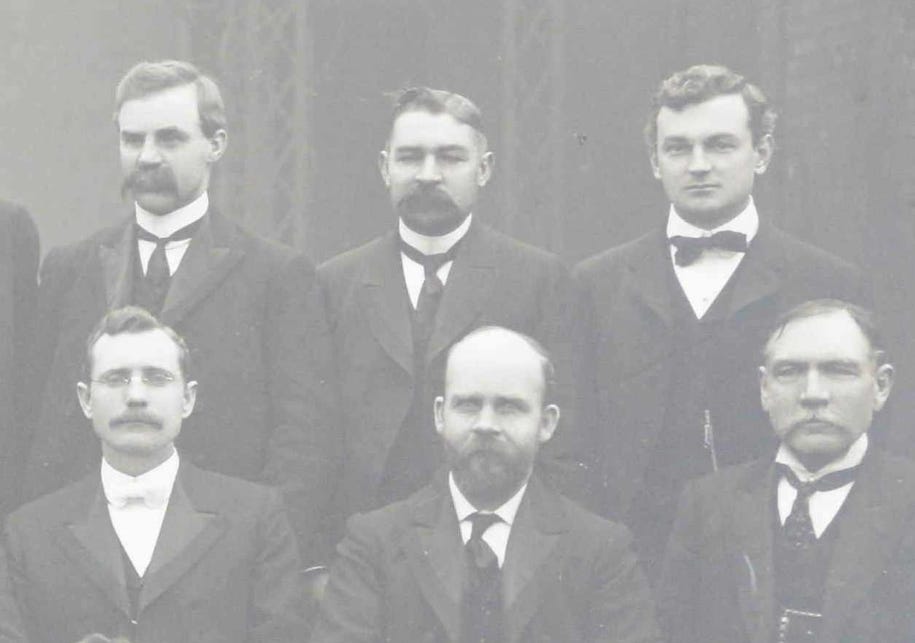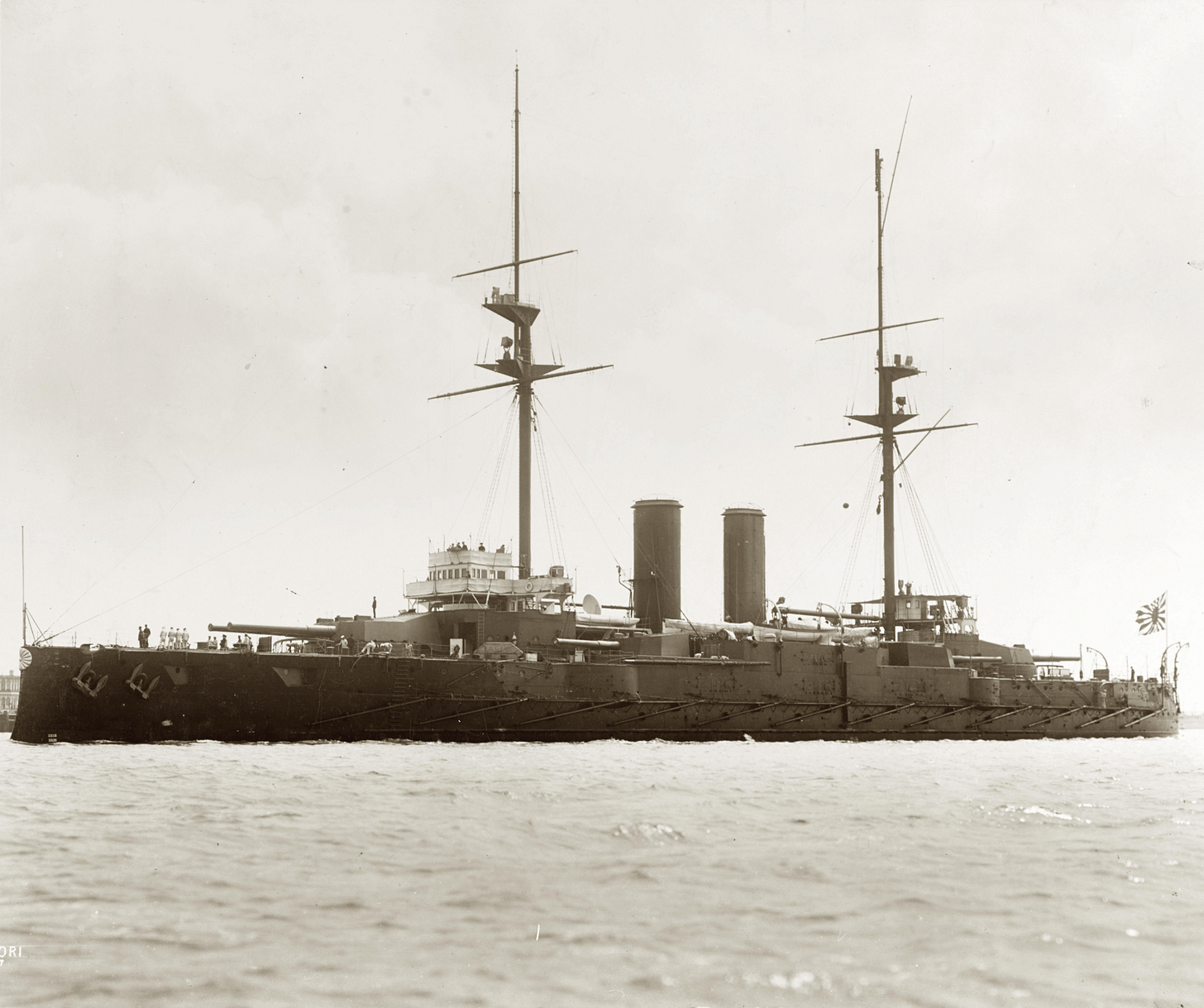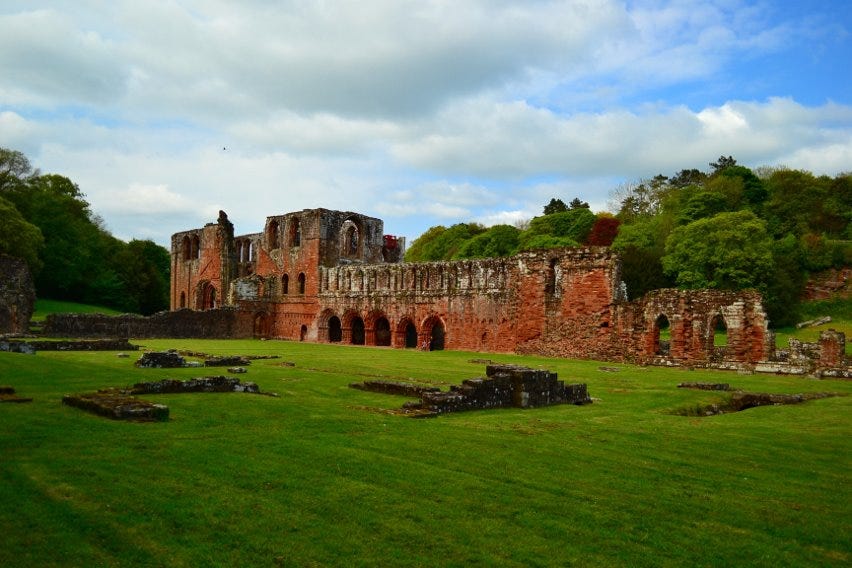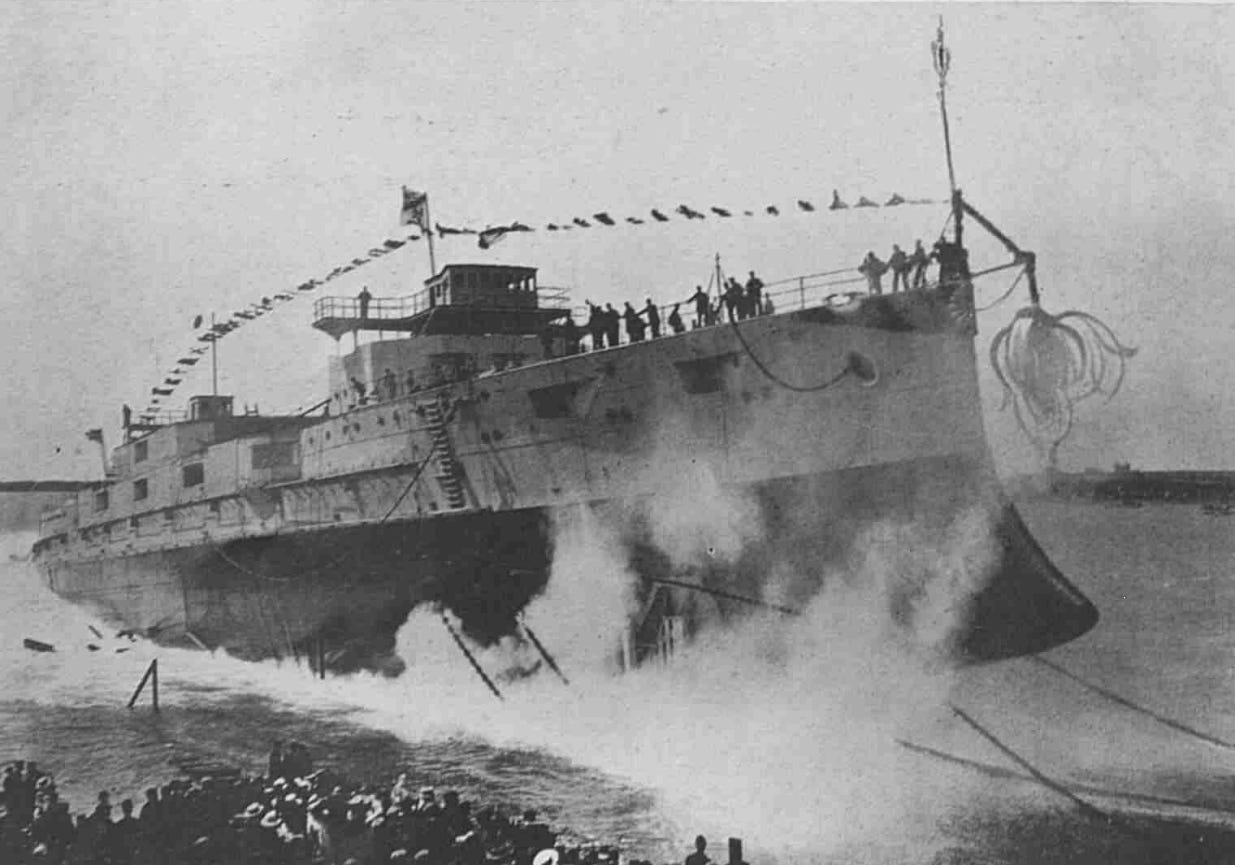The launching of the Katori
C. Nephi Anderson's trip to Barrow-in-Furness in July 1905
The Katori
In the opening years of the twentieth century, there were considerable changes afoot in the design and construction of battleships. The ongoing Russo-Japanese War and the recent Spanish-American War had changed military naval strategies with a greater need for long-distance cannon fire rather than mixed battery close fire.
Such vessels were a significant national investment which was used to advertise a nation’s military might and as a form of pressure in diplomatic settings. Britain was a major industrial force at the time, fulfilling international orders for weapons, supplies, battleships, and other items.
In January 1904, the Japanese government ordered two battleships from the British companies Vickers and Armstrong as it lacked the capacity or technology to produce them itself. One of the ships, the Katori, was built in Barrow-in-Furness, Cumberland, by the Vickers company.
A few months later in April 1904, the ship was “laid down” and construction began on the hull. It was eventually going to be armed with more than 40 guns, 9-inch thick armour, and would be able to travel at 18.5 knots.1

C. Nephi Anderson
In 1905, C. Nephi Anderson was serving as a Latter-day Saint missionary in the British Mission. He was tasked with editing the mission magazine, The Latter-day Saints’ Millennial Star, but he would also go on trips and visit congregations, members, and missionaries. In July his missionary companion Alpha Higgs who was also assisting in the mission headquarters. One day the two men set off from their office in Liverpool for the coastal town of Barrow-in-Furness to witness a historic occasion.

On 3 July there was a party held at Barrow branch hall on Abbey Road which Nephi, Alpha, and two other missionaries, Ernest Wright and William Wing, attended.2 All four missionaries were there to see the launch of the Katori. As the party ended Nephi and Alpha stayed with some local people, the Campbells, for the night.
On the morning of 4 July, the two young missionaries got up and left the house at 6 a.m. with Mr. Campbell for a tour of the shipyard and went onto the Katori to look around. Nephi described the ship as “Very interesting.” After their tour, they headed back to the Campbell’s home for breakfast.
There were still a few hours before the launch of the ship so Nephi and Alpha headed over to Furness Abbey which is located just outside of Barrow-in-Furness. While touring the ruins Nephi noticed a group of Japanese guests who were staying at the nearby hotel. After touring the ruins Nephi and Alpha returned to the town and made their way to the shipyard to watch the launch.
The two missionaries had tickets for a stand to watch but there was a better view from the shore so Nephi stayed there to watch along with 10,000 other spectators.3 Proceedings were also recorded on film which you can view below. At 11:23 am, after a bottle was smashed against the hull, Princess Arisugawa pulled the lever and the ship rolled gracefully back into the water. Nephi described the launch as an “impressive sight” with much fanfare and music.4 As the ship rolled back a balloon at the front of the ship lifted and carrier pigeons were released in celebration of the event.
There were other people who recorded the event. Hardwicke Rawnsley was a Church of England Vicar who had a great love for the Lake District. He was present at the launch and wrote a sonnet about it:
When from the crackling ‘ways’ the smoke-cloud cleared,
When sunlight dazzled where was dark before,
And that huge warship, with tumultuous roar
Of thousands, took the water, how we cheered;
For in an English home the hull was reared
Of English iron compacted to the core,
A child of England to our English shore
Its heart would be allied where’er it steered.But some there were who, when dove-wings went
In silver circles up to bear afar
The tidings of the safety of its birth,
Prayed God’s own Dove would come again to Earth
And mightier than this minister of war
With world-wide peace would bless the Orient.
It took almost another year of work of fitting out the ship before it was ready for its maiden voyage which it undertook in May 1906. The ship was legally bound from participating in the Russo-Japanese War, but ultimately saw virtually no military action as it began a two-year retrofit on the eve of war in 1914.
One of the crucial lessons from this small episode is that Latter-day Saint history can often provide perspectives and accounts of historical events that can interest scholars of all areas of speciality.
‘Princess Liberates a Flight of Pigeons at the Launch,’ Morning Leader, 5 July 1905, p. 1.
Barrow Branch Historical Record, LR 530 24, p. 23, bx. 1, fd. 1, CHL.
‘New Japanese Warship,’ Morning Leader, 5 July 1905, p. 1.
Nephi Anderson, journal, volume 4, 4 July 1905, MS 5619, bx. 5, fd. 15, CHL.




